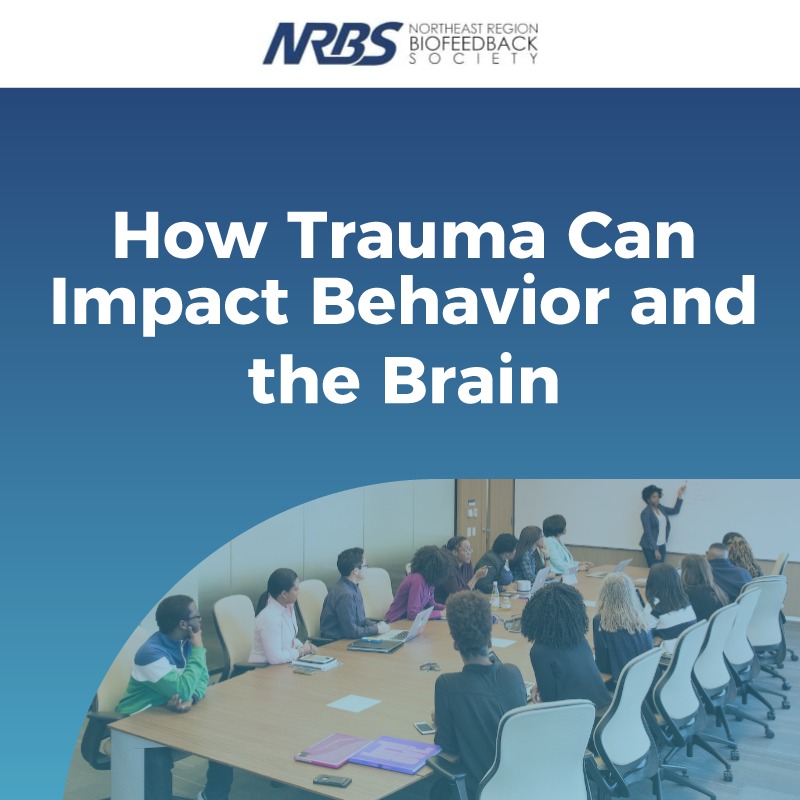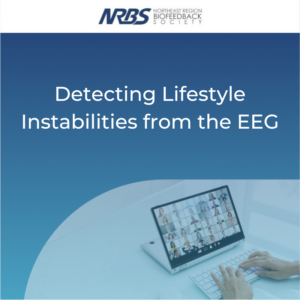Description
This program is part of a series that examines the impact of life events on behavior and the brain. The various components discussed will review research related to each subtopic, including COVID, electronic use, psychedelic drug use, trauma and more. In this hour, Jay Gunkelman will present on the impact of trauma, providing insights to how trauma changes the electrical activity in the brain and impacts how a person interacts with the world around them. Features of the EEG are examined to delineate possible biomarkers to indicate the presence of residual effects secondary to a history of emotional trauma. The analysis of event related potentials (ERPs) and the analysis of the spontaneous, resting EEG (qEEG) will be examined. ERP components will be discussed including the effect of increased amygdala activity on specific components. Also, different relevant waveforms during the eyes opened and eyes closed conditions will be examined and discussed. Time will be given to examining the effect the presence of epileptiform activity can have across several diagnostic categories including PTSD.
Implications for treatment (e.g., the need to be able to access the state in which the trauma occurred to actually resolve the residual effects) will be discussed.
Objectives
As a result of participating, the attendee will be able to:
- Explain the difference between quantitative EEG results and Event Related Potentials.
- Describe which ERP Components contain biomarkers to suggest the presence of a history of emotional trauma.
- Describe which region of the brain during the eyes closed condition of the qEEG exhibits a biomarker for a possible history of emotional trauma.
Presenters

Jay Gunkelman, QEEG Diplomate, is recognized as one of the top leaders in the field of EEG and QEEG, and has processed over 500,000 EEGs since 1972. He has served as president of The International Society for Neurofeedback and Research, as well as a board member and treasurer of the Association for Applied Psychophysiology and Biofeedback and is a past-president of the Biofeedback Society of California. Jay was the first EEG technologist to be certified in QEEG (1996) and was granted Diplomate status in 2002. He has conducted, published or participated in hundreds of research papers, articles, books and meetings internationally. He continues to lecture on EEG/Prandin at neuroscience meetings worldwide. He has co-authored the textbook on EEG artifacting (2001). Jay remains busy with current projects and publications related to his seminal paper on EEG Ambien (2005, Clinical Electroencephalography). He is co-founder and Chief Science Officer of Brain Science International and is a popular lecturer worldwide on the topic of QEEG and phenotype identification of neurological disorders.




